Finding the Right Pages to Store Your Odd-Sized Trading Card Collection
By Sal Barry
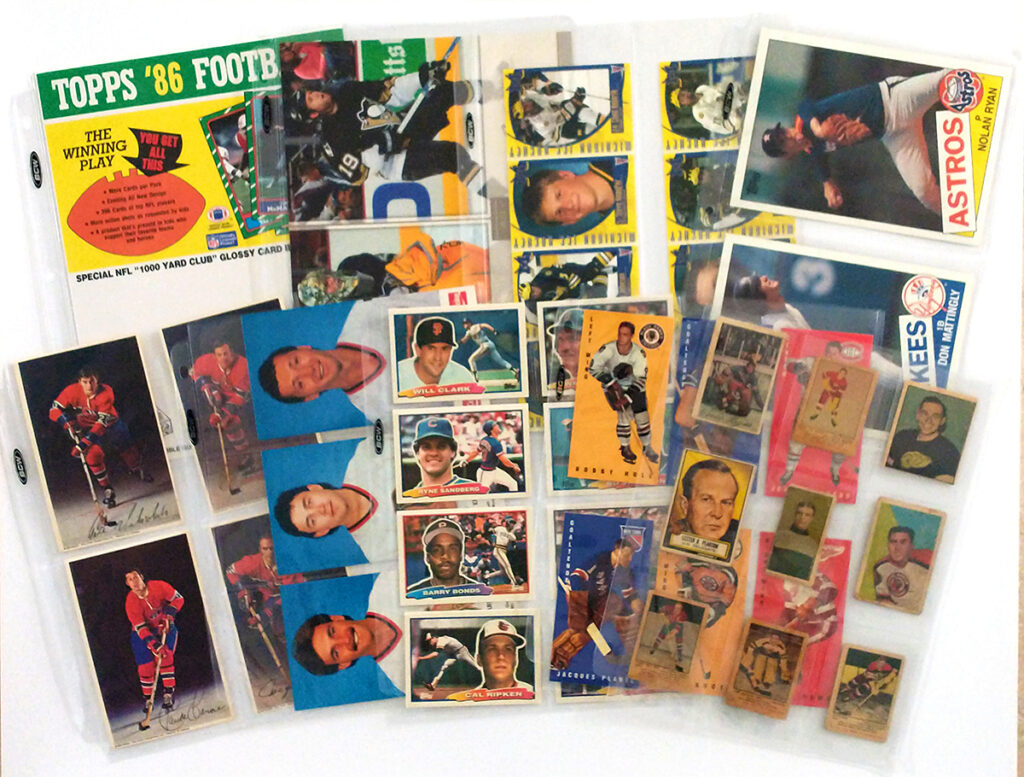
If you are like me, you enjoy putting your trading cards in pages and albums, so you can protect your collection in a way that also lets you easily look at it. But one point of frustration for collectors is when they come across cards that are not the standard 2-1/2” by 3-1/2” size. What’s a card collector supposed to do with postcards, odd-sized team-issued cards, or even cards that are just a touch larger than normal size? Fortunately, BCW has you – and your cards – covered, as it has archival-safe pages that will fit almost any collectible.
The goal of putting your cards in pages is to protect them with as little “wiggle” room as possible, because you do not want the card to shift around or slide out of the pockets when you are flipping through a binder. Here’s a breakdown of the different pages that BCW has available to store your collection of odd-sized cards.
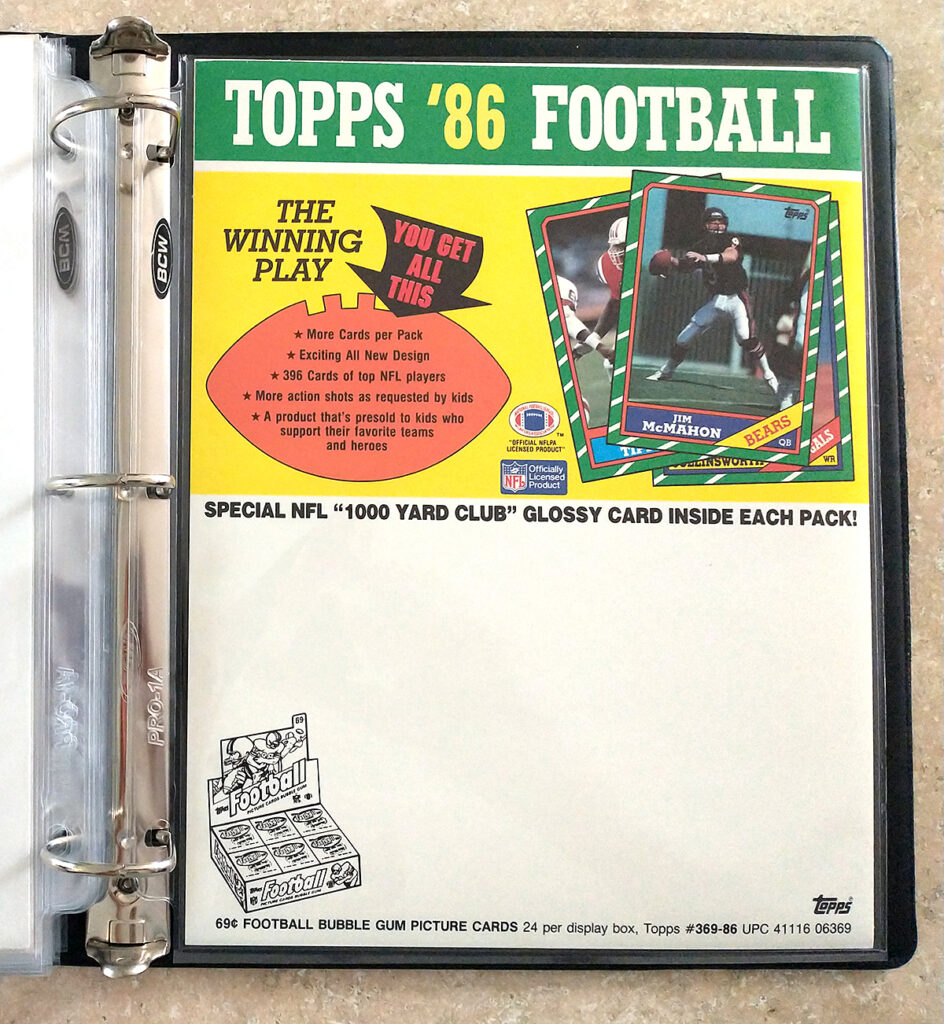
1-Pocket Pages
Is a piece of cardboard that measures 8-1/2” by 11” really a trading card? Maybe, maybe not, but what really matters is that it is something you want to keep. One example of an oversized collectible is a “lineup card” that you get at a sporting event, which has a player’s photo on the front, team rosters on the back, and is about the size of a piece of paper. That will fit perfectly in BCW’s Pro 1-Pocket Document Pages. Another use for these pages is for storing uncut sheets of cards – such as those you’d find in an issue of Sports Illustrated for Kids magazine – which are usually printed in nine-card panels. A third example would be to protect a sell sheet used to promote a set of cards. Before promotional materials went digital, companies like Topps, Upper Deck, and Panini used sell sheets to solicit trading cards to retailers. Pro tip: use Magazine Backing Boards when storing sell sheets or other paper items in Document Pages for extra protection and to help keep them rigid.
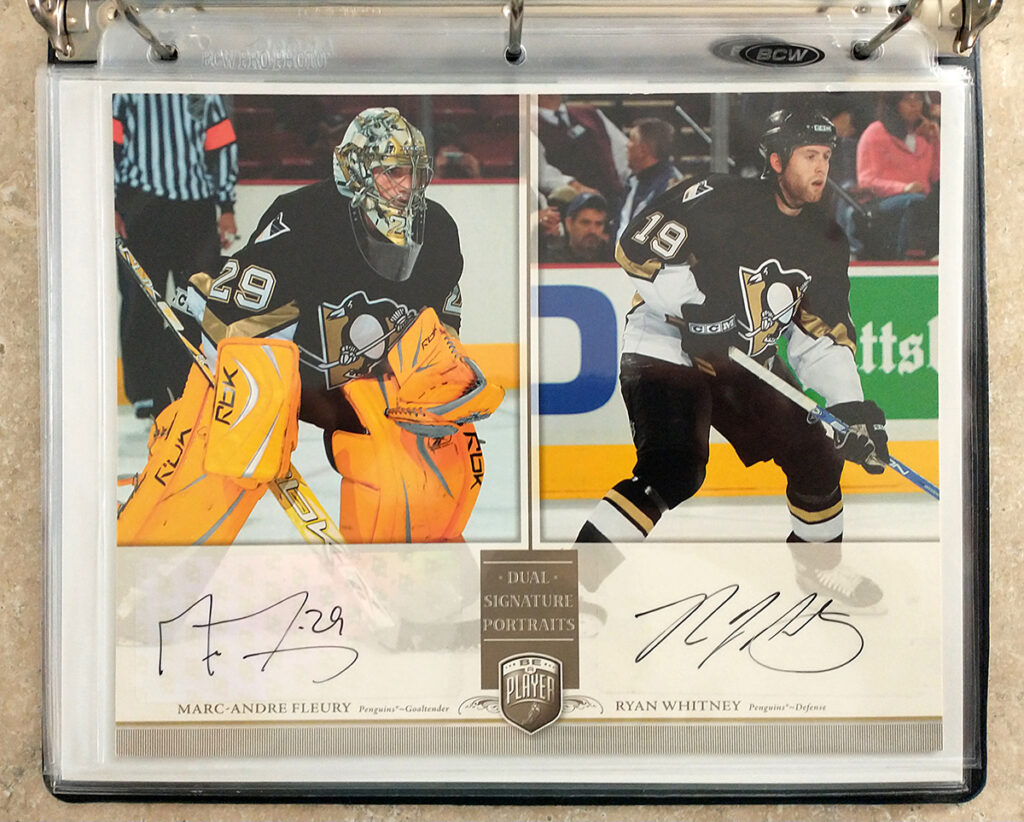
If the item is a bit smaller, you may want to go with the Pro 8×10 Photo Pages, which are made, as the name implies, for photographs. These work well with large cards that measure 8” by 10” in size and are printed on cardstock.
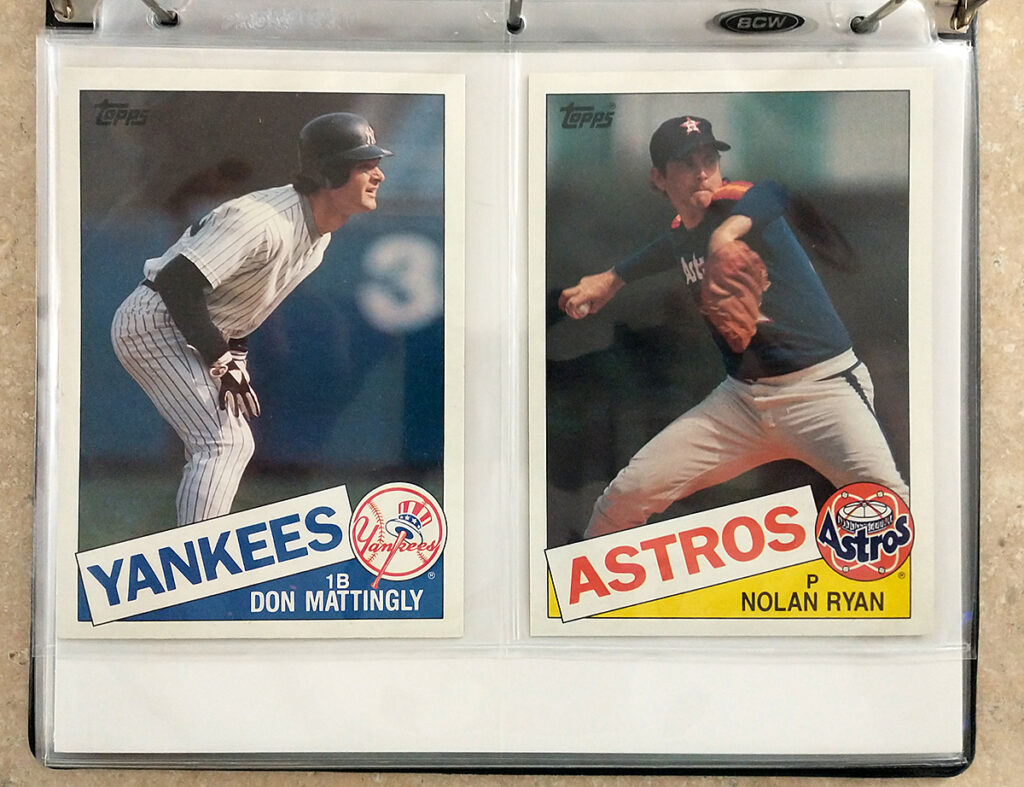
2-Pocket Pages
Just because a page isn’t called a “card page” doesn’t mean it can’t be used for cards! With pockets measuring 5-1/2” by 7”, the Pro 2-Pocket Photo Pages are perfect for large postcard-sized collectibles, including the oversized cards that Topps put out in the 1980s, uncut four-card “box bottom” panels, Stadium Club “Master Photo” box-topper inserts, and more. Of course, they work great for collectible postcards, too.
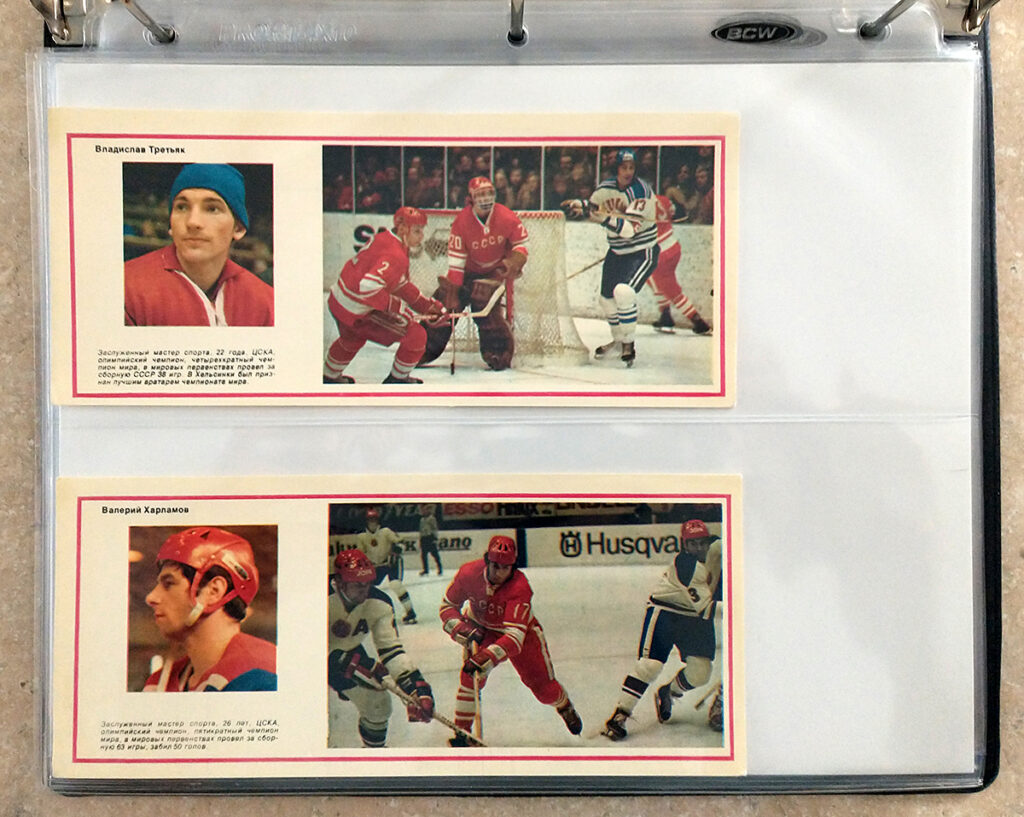
But one hidden gem many card collectors might not know about are BCW’s Pro 2-Pocket Envelope Pages, which have pockets measuring 4-1/4” by 11-1/4”. Don’t let the name fool you. Yes, these are made to store business-sized envelopes, but they are perfect for uncut strips of cards, such as those given away at a game. They can also work great for odd-sized international items. I have numerous Soviet-era Russian cards from the 1970s that measured 3-5/8” by 8-1/4”. I drove myself nuts trying to find a way to store these vintage cards until I found BCW’s Envelope Pages.
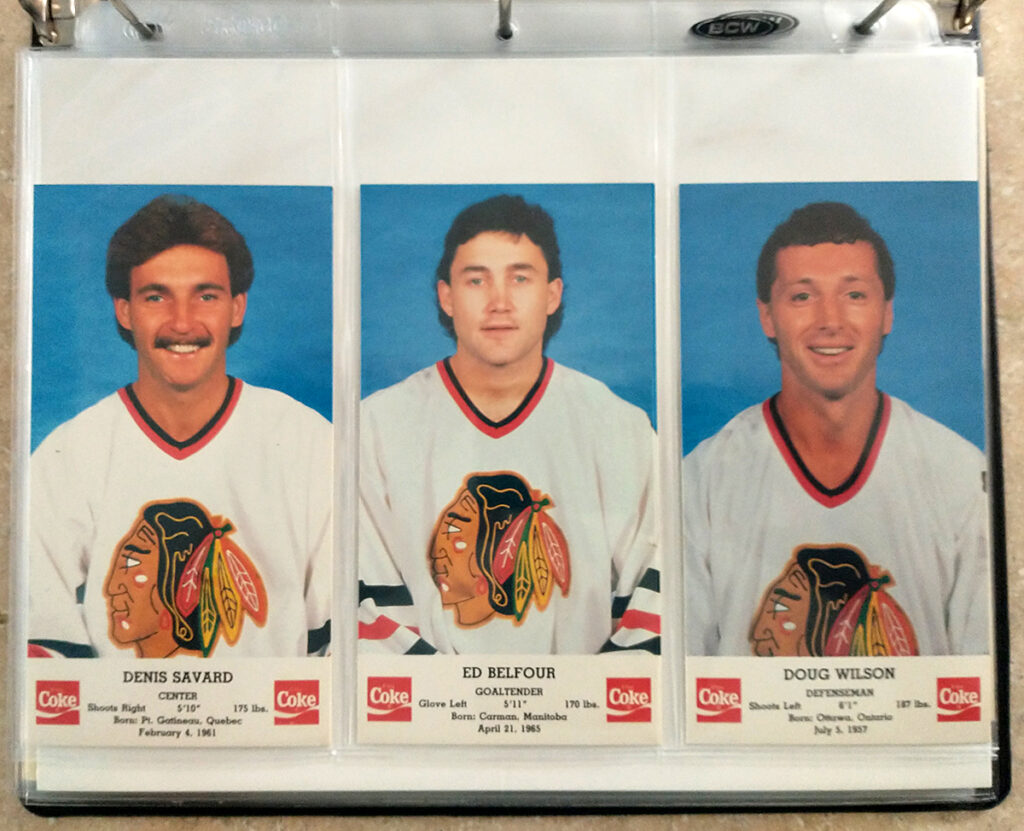
3-Pocket Pages
Another page that is a boon to oddball card collectors are BCW’s Pro 3-Pocket Currency Pages. While these are made to store paper money, there’s no rule that says you can’t store trading cards in them. I use these pages to protect oversized cards up to 3-1/2” by 8”, like my team-issued Blackhawks cards from the 1980s. These are also useful for three-card “test strips” or “test proofs”, as well as uncut strips of cards.
Pro 3-Pocket Photo Pages are made to fit traditional 4” by 6” postcards, with one card oriented horizontally and two cards positioned vertically. Some card collectors (like me) who are a little obsessive and want all their cards facing the same direction may choose to instead use the Pro 2-Pocket Photo Pages mentioned above. Or, if the item is a little smaller, you can try…
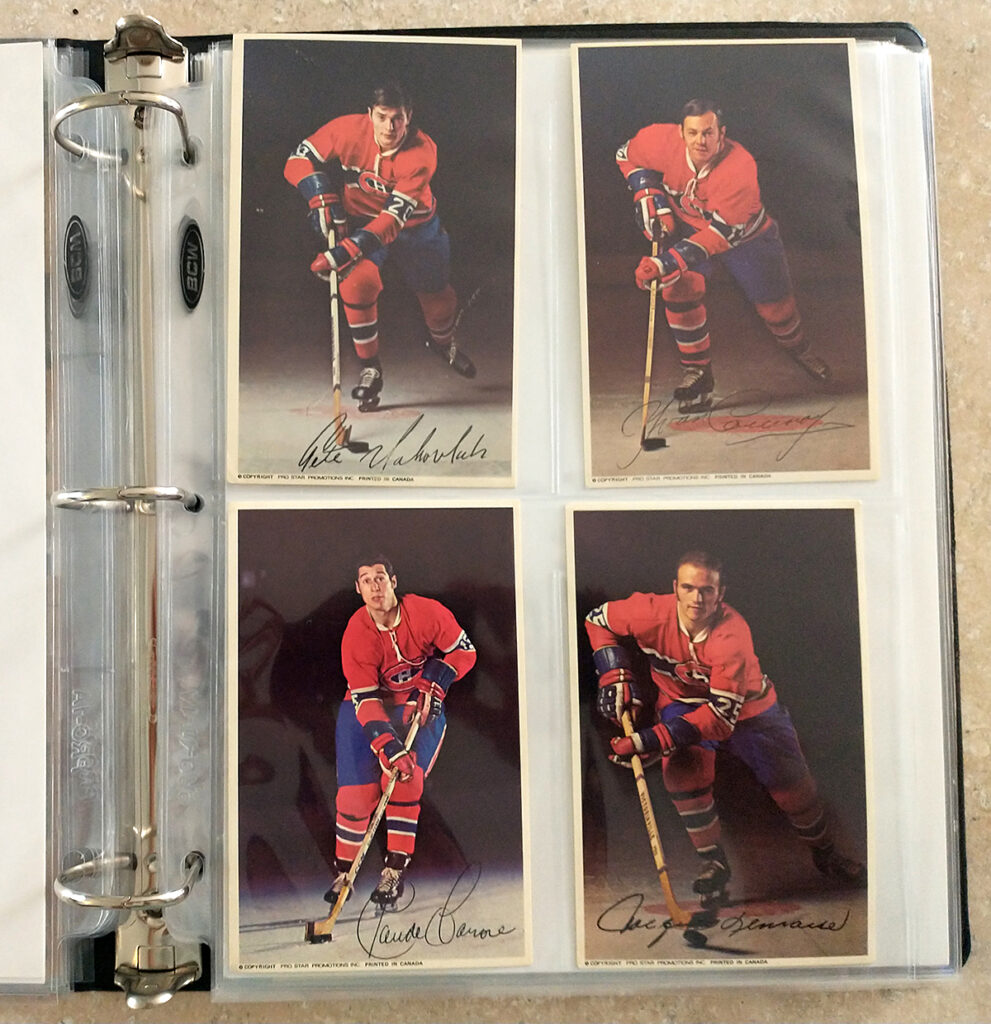
4-Pocket Pages
Some postcards and “jumbo” cards measure 3-1/2” by 5” – or sometimes a bit bigger – and fit nicely in the Pro 4-Pocket Photo Pages. These pages can accommodate items measuring up to 3-15/16” by 5-1/2”, so you have a little leeway. I also find these pages extremely helpful for storing my minor and junior league team-issued card sets, which a lot of times are unusual sizes like 3” by 4”.
5-Pocket Pages
If you don’t mind storing jumbo cards in mixed orientations – that is, some horizontal and others vertical – then Pro 5-Pocket Photo Pages are the way to go. These fit five cards measuring up to 3-1/2” by 5-1/4”. But if you want everything facing “the same way,” then it is probably best to go with the 4-Pocket Pages mentioned above.
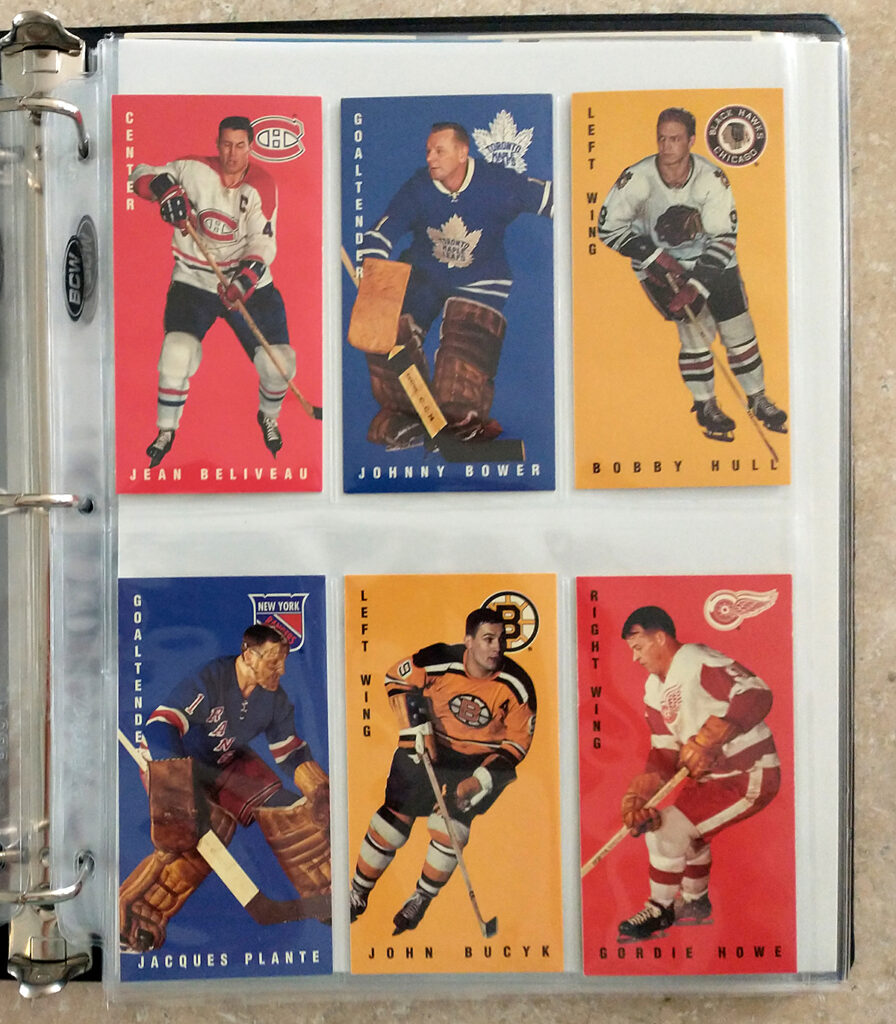
6-Pocket pages
If you are storing a set of “Tall Boys”-sized cards, then Pro 6-Pocket Pages are a must! These pages fit cards measuring up to 2-1/2” by 5-3/4”, such as Fleer GameDay football cards, Parkhurst retro hockey cards, Topps Widevision Star Wars cards, or vintage cards like 1969-70 Topps Basketball…though you may want to put that Lew Alcindor rookie card in a Tall Card Topload Holder instead.
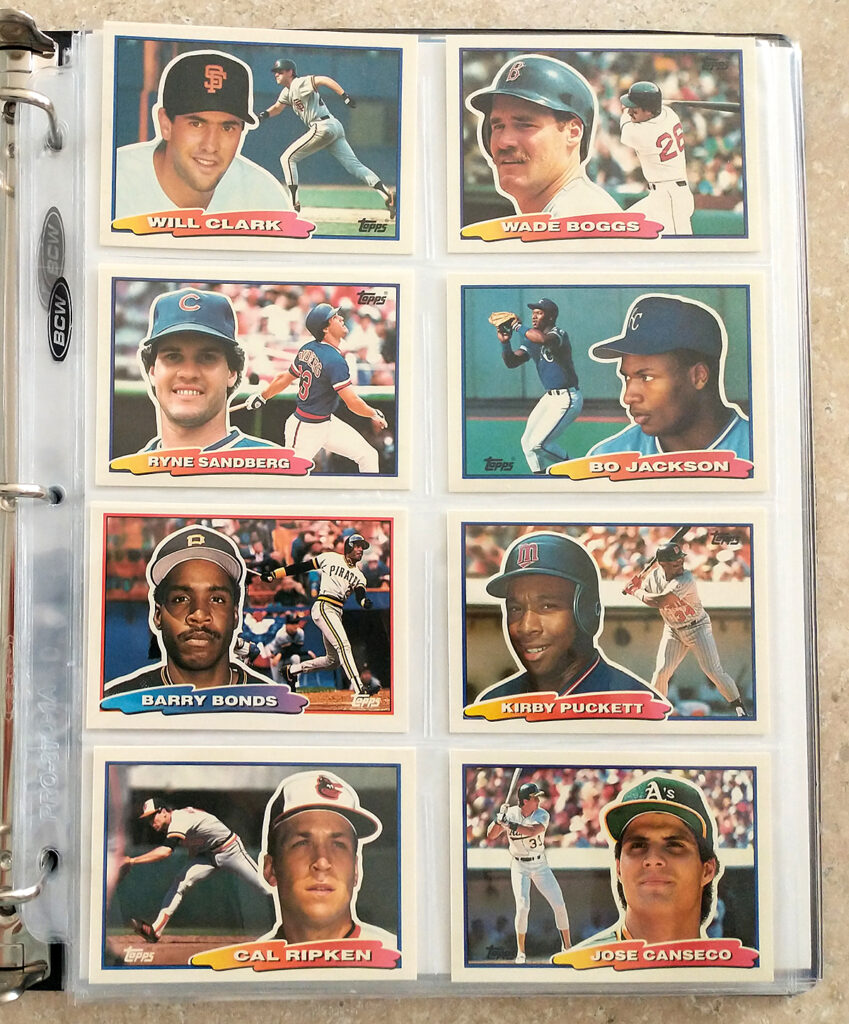
8-Pocket Pages
Many card collectors dislike trading cards that are slightly larger than standard size. I don’t see what the big deal (no pun intended) is, because BCW makes Pro 8-Pocket Pages, which fit cards measuring 4” wide by 2-5/8” tall. These are perfect for vintage sports cards from the 1950s and 1960s, and even later sets like Topps Big Baseball from the 1980s.
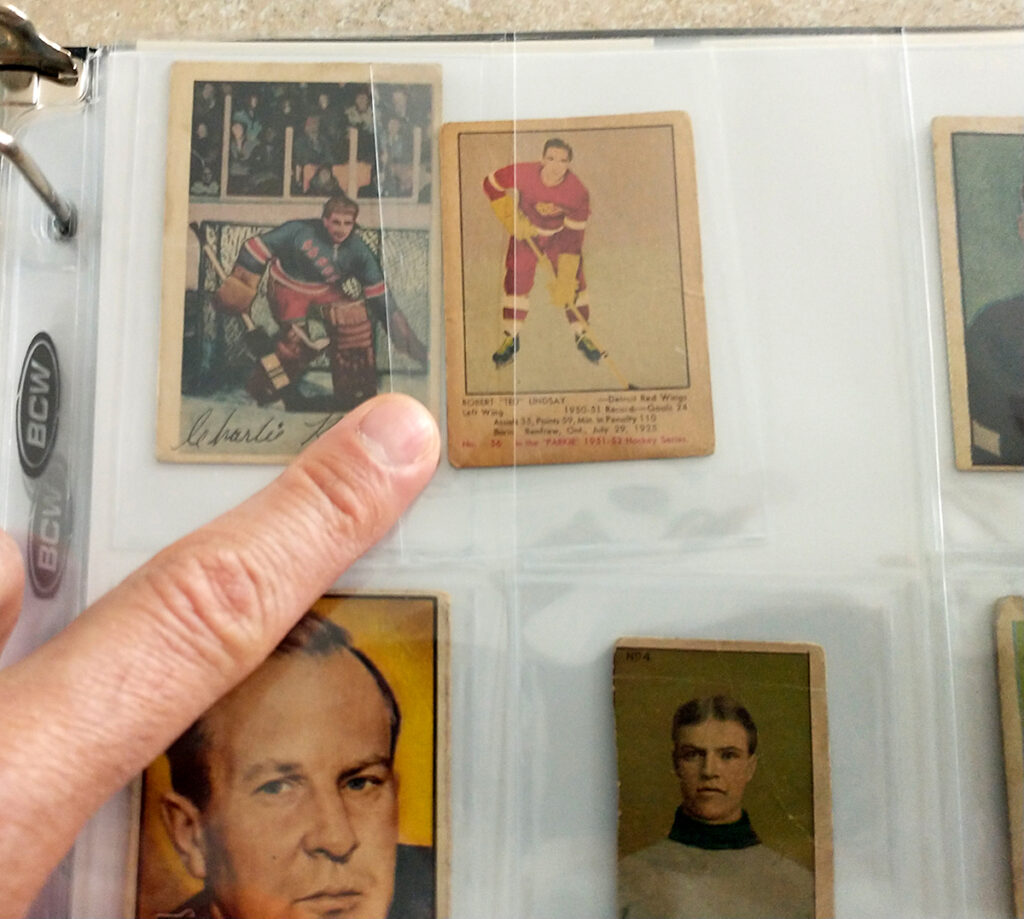
9-Pocket Pages…But for Smaller Cards
Some vintage cards fit into standard 9-pocket pages, but with lots of room to spare and can easily fall out if the binder isn’t handled carefully. Fortunately, BCW has a two-part solution for this if you want to safely store old cards in pages. First, slide your small cards into Bowman Insert Sleeves, which will hold cards measuring up to 2-1/16” by 2-1/2” while giving them an extra bit of protection. Then, slide these inserts into Side-Loading 9-Pocket Pages. You want to use the side-loading pages with the Bowman Insert Sleeves because they will keep the sleeved cards firmly in place.
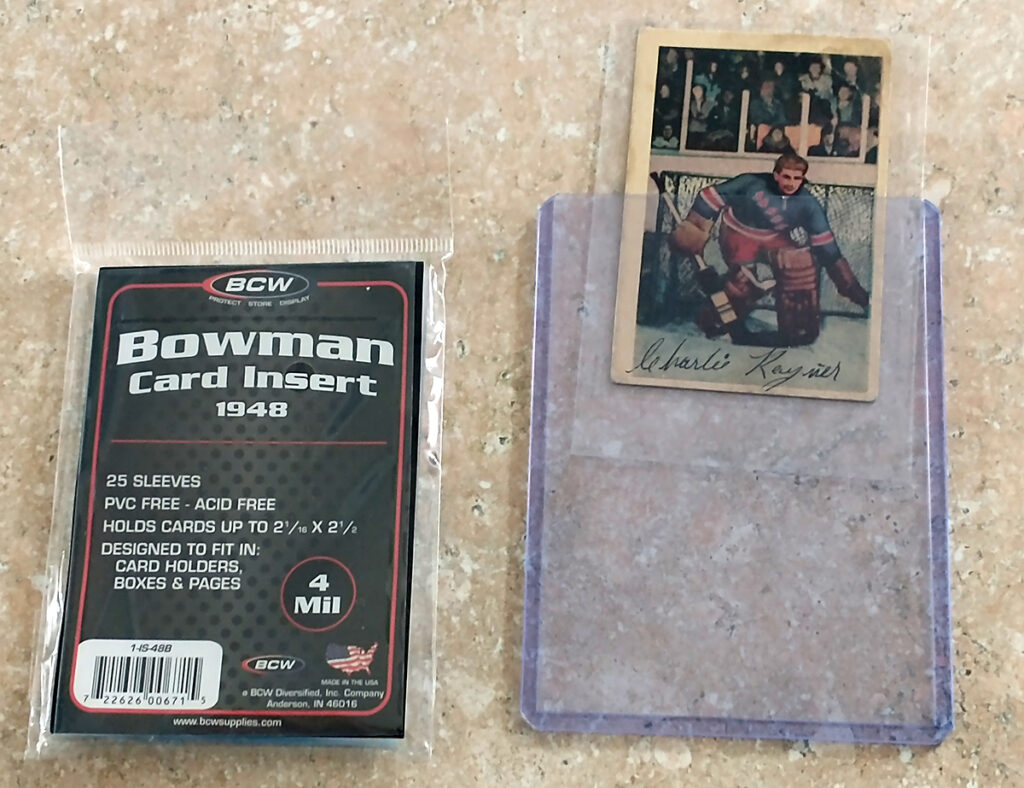
The Bowman Insert Sleeves also fit into Standard 3×4 Topload Holders, so you can transfer your small cards from pages to toploaders without touching the cards.
20-Pocket Pages
BCW has two different pages to hold very small cards. The Pro 20-Pocket Tobacco Pages are for tobacco card-sized collectibles measuring up to 1-9/16” by 2-3/4”. While you may be leery of storing 100+ year old cards in pages, these also work fine for tobacco card reprint sets, or newer small card sets like the Topps Micro Baseball sets from the early 1990s.
Also useful for small collectibles are the Pro 20-Pocket Pages, which store items measuring up to 2” by 2”, such as mini/micro cards, stickers, and Pogs – which arguably were the oddest collectible of them all.
Fortunately, BCW has these pages available in 20-count packs, so you won’t have to commit to a full 100-count box of pages in a certain size if you have just a small amount of oddball cards to store.
What’s your favorite odd-sized set you have stored in pages? What size pages did you use to put them in? Leave a comment and let us know!
Sal Barry is the editor of the hockey collectibles site Puck Junk and the host of the Puck Junk Podcast. Email him at [email protected] and follow him on Twitter, Instagram, TikTok, and YouTube.
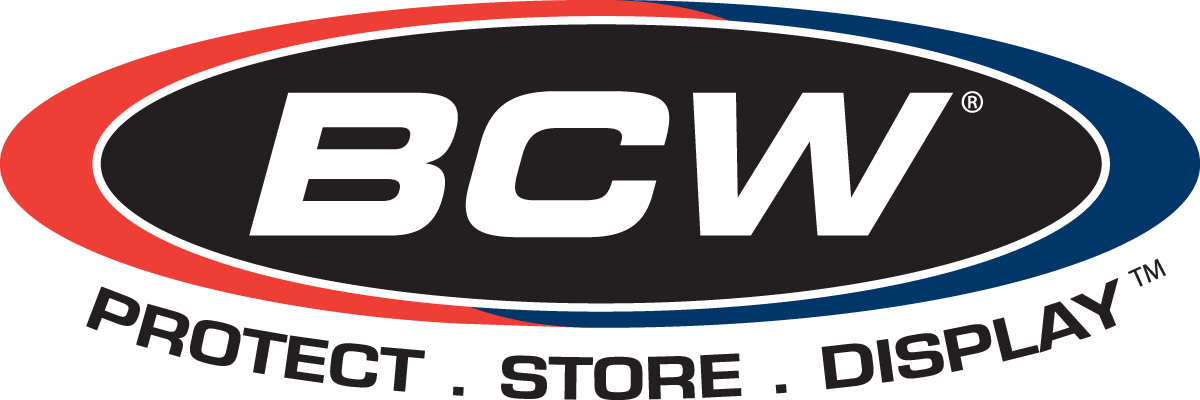
Great ideas and and great coverage-literally, for valuables and “likeables”. This sure is an improvement on the one size trying to fit all. And way better than old shoebox ever was. Makes for smarter collecting.